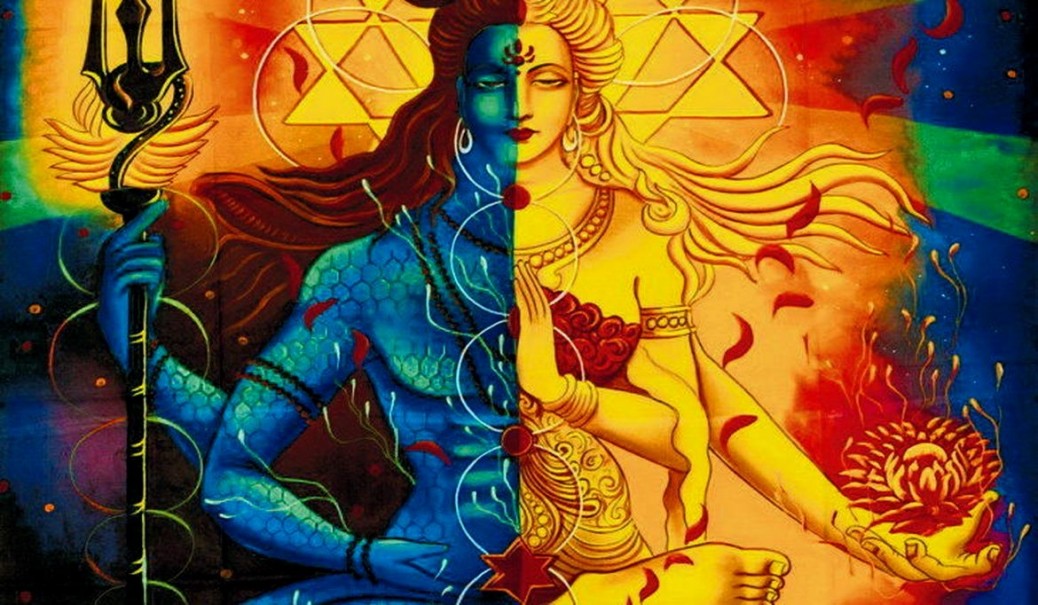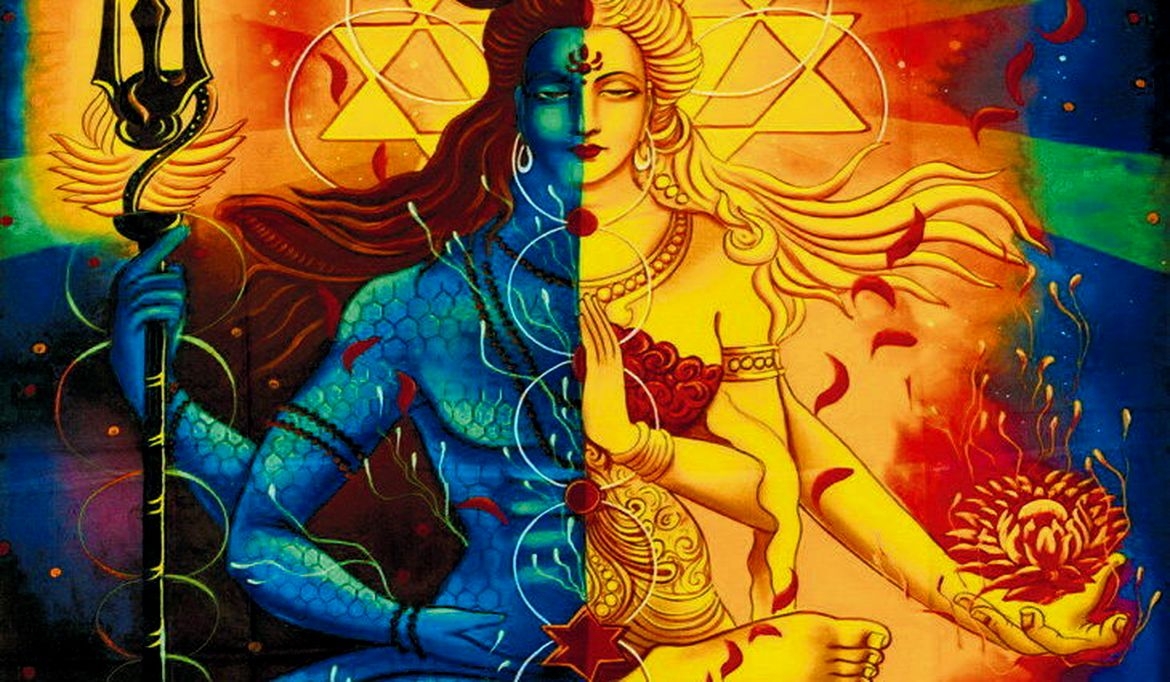VBT – Meditation 8.5
Be Aware Of Both
First you were aware of the object – the known, and you were not aware of the subject – the knower. Now you are fixed with the knower and you have forgotten the known, but you remain divided in duality. And this is the old mind again in a new pattern. Nothing has changed.
Don’t leave the world of the objects. Rather, try to become aware of both the subject and the object simultaneously, the outer and the inner simultaneously. If both are there, only then can you be balanced between them. If one is there you will get obsessed with it.
Those who go to the Himalayas and close themselves, they are just like you standing in a reverse position. You are fixed with the objects; they are fixed with the subject. You are fixed with the outer, they are fixed with the inner. Neither you are free nor they, because you cannot be free with the one. With the one you become identified. You can be free only when you become aware of the two. Then you can become the third, and the third is the free point. With one you become identified. With two you can move, you can shift, you can balance, and you can come to a midpoint, an absolute midpoint.
Buddha used to say that his path is a middle path – majjhima nikaya. It has not been really understood why he insisted so much on calling it the middle path. This is the reason: because his whole process was of mindfulness – it is the middle path. Buddha says, ‘Don’t leave the world, and don’t cling to the other world. Rather, be in between. Don’t leave one extreme and move to the other; just be in the middle, because in the middle both are not. Just in the middle you are free. Just in the middle there is no duality. You have come to one, and the duality has become just the extension of you – just two wings.’
Buddha’s middle path is based on this technique. It is beautiful. For so many reasons it is beautiful. One: it is very scientific, because only between two can you balance. If there is only one point, imbalance is bound to be there. So Buddha says that those who are worldly are imbalanced, and those who have renounced are again imbalanced in the other extreme. A balanced man is one who is neither in this extreme nor that; he lives just in the middle. You cannot call him worldly; you cannot call him other-worldly. He is free to move; he is not attached to any. He has come to the midpoint, the golden mean.
Secondly: it is very easy to move to the other extreme – very easy. If you eat too much you can fast easily, but you cannot diet easily. If you talk too much you can go into silence very easily, but you cannot talk less. If you eat too much, it is very easy not to eat at all – this is another extreme. But to eat moderately, to come to a midpoint, is very difficult. To love a person is easy; to hate a person is easy. To be simply indifferent is very difficult. From one extreme you can move to the other.
To remain in the middle is very difficult. Why? Because in the middle you have to lose your mind. Your mind exists in extremes. Mind means excess. Mind is always an extremist: either you are for or you are against. You cannot be simply neutral. Mind cannot exist in neutrality: it can be here or there – because the mind needs the opposite. It needs to be opposed to something. If it is not opposed to anything it disappears. Then there is no functioning for it; it cannot function.
Tags: Be Aware Of Both




